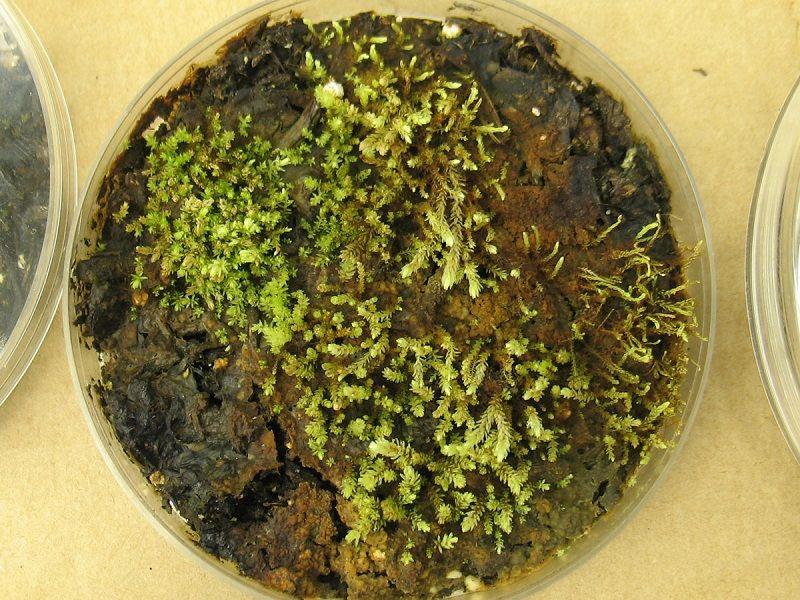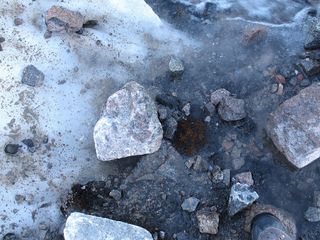
400-Year-Old Plants Awoken in Arctic

Scientists say they have stirred plants from a 400-year-long sleep in the Canadian high Arctic.
Once covered up by glaciers, the plants known as bryophytes were recently found intact, with some showing signs of regrowth, researchers said.
It was generally thought that life would not be found in the discolored vegetation exposed by the world's receding glaciers. But researcher Catherine La Farge, of the University of Alberta, saw promise in some subglacial moss on Canada's far-north Ellesmere Island; she found bryophytes that had many of their plant structures intact and even some green coloration.
La Farge took 24 samples for culture experiments in a lab. Of those, four species were successfully regenerated from the original parent material in 11 cultures, the researchers said.

"We know that bryophytes can remain dormant for many years (for example, in deserts) and then are reactivated, but nobody expected them to rejuvenate after nearly 400 years beneath a glacier," La Farge said in a statement.
Radiocarbon dating showed that the plants ranged from 400 to 600 years old. La Farge and her colleagues think the plants were entombed in a glacier during a centuries-long cold snap, dubbed the Little Ice Age, which plagued much of Europe and North America from about 1550 and 1850.
Bryophytes are extremophiles that survive in places where other plants don't, La Farge said, and for that reason, they play an important role in polar ecosystems.
Sign up for the Live Science daily newsletter now
Get the world’s most fascinating discoveries delivered straight to your inbox.
"These simple, efficient plants, which have been around for more than 400 million years, have evolved a unique biology for optimal resilience," LaForge said. "Any bryophyte cell can reprogram itself to initiate the development of an entire new plant. This is equivalent to stem cells in faunal systems."
Bryophytes aren't the only examples of extreme life to be found on Ellesmere Island. Just last week, researchers reported that they discovered a microbe there that thrives at the coldest temperature known for bacterial growth. That discovery could hold clues to adaptations that might be necessary for life on Mars.
The bryophyte research was detailed in the May 27th issue of the journal Proceedings of the National Academy of Sciences.
Follow Megan Gannon on Twitter and Google+. ollow OurAmazingPlanet @OAPlanet, Facebook and Google+. Original article on LiveScience's OurAmazingPlanet.












